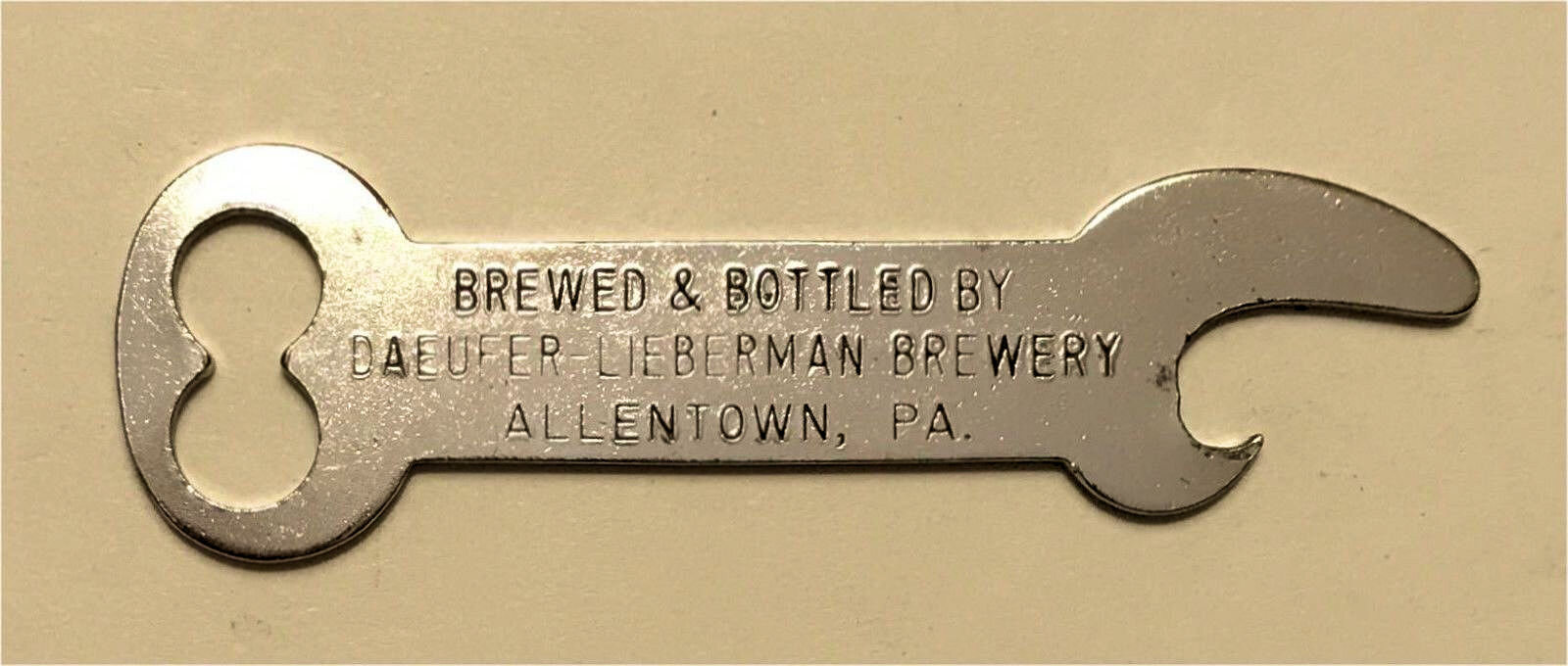16 July 2020
We coin words and phrases, and the phrase to coin a phrase is often used ironically to introduce a cliché. The metaphor underlying this usage is rather obvious, referring to the minting of money. And like many words associated with the government and law, the English word coin comes from Anglo-Norman. The noun coign originally meant a wedge-shaped stamp or die, like that used to stamp coins out of a sheet of metal, and the French word comes from the Latin cuneus, meaning wedge. But in French the meaning eventually transferred over to the thing that was created by the stamp. And the verb coigner meant to mint money.
The English verb appears by c. 1338, appearing in Robert Manning’s Chronicle in a passage about the reign of King Edward I (1272–1307):
Edward did smyte round peny, halfpeny, ferthyng
þe croice passed þe bounde of alle þorghout þe ryng,
Þe kynge’s side salle be þe hede & his name written.
Þe croyce side what cite it was in coyned & smyten.(Edward struck the round penny, halfpenny, and farthing
The coin to be circulated within all the bounds of the realm,
On the king’s side shall be written his head and his name.
And on the cross side the city in which it was coined and struck.)
Chaucer also uses the participle in the Pardoner’s Tale, c. 1390:
And everich of thise riotoures ran
Til he cam to that tree, and ther they founde
Of floryns fyne of gold ycoyned rounde
Wel ny an eighte busshels, as hem thoughte.(And every one of these rioters ran
Until he came to that tree, and there they found
Of fine round florins of coined gold
Well nigh eight bushels, as they thought.)
In Middle English, the verb was used quite literally, restricted to the actual minting of money. But in Latin, the metaphor of coining or creating other things was already well established. For instance, Alan of Lille’s c. 1165 Latin De planctu naturae (The Plaint of Nature) has this:
Me igitur tanquam pro-deam, tanquam sui vicariam rerum generibus sigillandis monetariam destinavit, ut ego in propriis incudibus rerum effigies conmonetans.
(Therefore, he appointed me his agent-goddess, his vice-regent, coiner of the distinctive likenesses of the several kinds of creatures, to stamp out the images of things each on its own anvil.)
Alan of Lille’s work was well known and influential—Chaucer, for one, knew of it and makes reference to it—but the figurative use doesn’t seem to have taken hold in English usage until the sixteenth century, when coining words and other things became all the rage.
Thomas Norton’s 1561 translation of Calvin’s The Institution of Christian Religion is an early English use of the metaphor in this passage regarding the Roman Catholic doctrine of transubstantiation:
These fellowes unseasonably coyne a mystery whereof no mention is made.
A bit later, John Lyly’s 1578 Euphues has this:
Seeinge therefore hee coulde frame no meanes to woorke his delight, hee coyned an excuse to hasten his departure, promisinge the next morninge to trouble them againe as a guest more bolde then welcome.
And George Puttenham’s 1589 The Arte of English Poesie warns against trying to sound too erudite by making up one’s own words from Latin roots:
Ye haue another intollerable ill maner of speach, which by the Greekes originall we may call fonde affectation, and is when we affect new words and phrases other than the good speakers and writers in any language, or then custome hath allowed, and is the common fault of young schollers not halfe so well studied before they come from the Vniuersitie or schooles, and when they come to their friends, or happen to get some benefice or other promotion in their countreys, will seeme to coigne fine wordes out of the Latin, and to vse new fangled speaches, thereby to shew themselues among the ignorant the better learned.
And Michael Drayton’s 1593 Idea. The Shepheard’s Garland coins both misery and phrases. First the misery:
This mischiefe then into her world was brought,
this fram’d the mint with coynd our miserie.
Then the phrases:
Our forgers of suppos’d Gentillitie,
When he his great, great Grand-sires glory blases,
And paints out fictions in base coyned Phrases.
So, by the late sixteenth century, the metaphorical use of coin was well-established in English. But it isn’t until the mid-twentieth century that to coin a phrase begins to be used ironically to refer to uttering a cliché or banal statement. From Francis Brett Young’s 1940 novel Mr. Lucton’s Freedom:
It takes all sorts to make a world, to coin a phrase.
But when we use the verb to coin in etymological or historical linguistics contexts, we’re referring to the actual creation of a word or phrase or the new sense of a word or phrase.
Sources:
Alan of Lille. “De planctu naturae.” Literary Works. Winthrop Wetherbee, ed. and trans. Dumbarton Oaks Medieval Library 22. Cambridge: Harvard University Press, 2013, 8.30, 108–09.
Anglo-Norman Dictionary, 2008, s.v. coigner4, coign2.
Calvin, John. The Institution of Christian Religion. Thomas Norton, trans. London: Reinolde Wolfe and Richard Harison, 1561, 4.18, fol. 142v.
Chaucer, Geoffrey. “The Pardoner’s Tale.” The Canterbury Tales, lines 769–71. Harvard’s Geoffrey Chaucer Website, 2020.
Drayton, Michael. Idea. The Shepheard’s Garland. London: Thomas Woodcocke, 1593, 29, 58. HathiTrust Digital Archive.
Lyly, John. Euphues. London: T. East for Gabriel Cawood, 1578, 25r. Early English Books Online (EEBO).
Manning, Robert. Peter Langtoft’s Chronicle, vol. 2 of 2. London: S. Bagster, 1810, 238–39. HathiTrust Digital Archive.
Middle English Dictionary, 2018, s.v. coinen, v.
Oxford English Dictionary, second edition, 1989, s.v. coin, v.1.
Puttenham, George. The Arte of English Poesie (1589). London: 1869, 258–59. HathiTrust Digital Archive.



